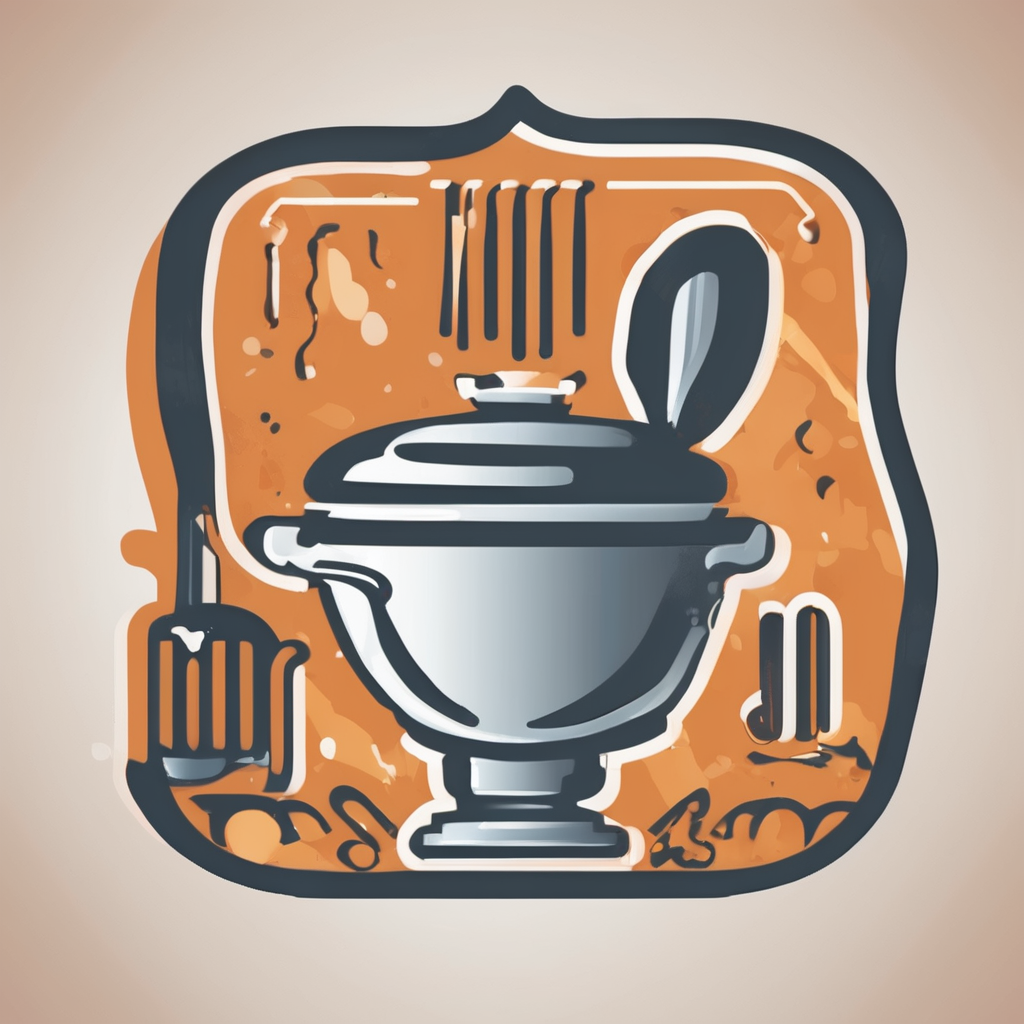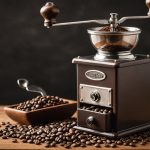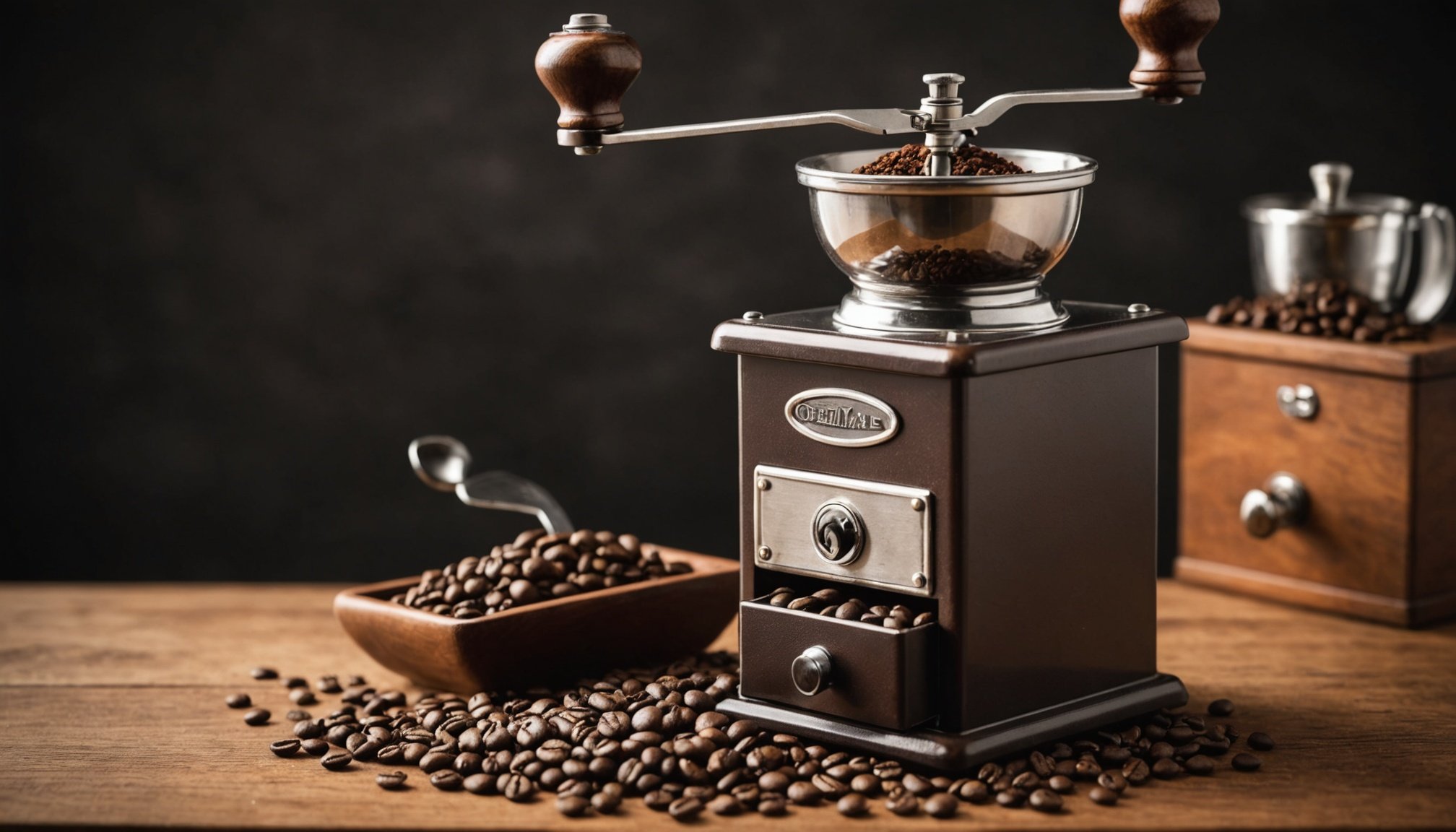Understanding Manual Coffee Grinders
Manual coffee grinders have become a staple for purists who cherish the tactile experience of coffee preparation. There are several grinder types available, each with its distinctive mechanical style. Two common types include burr grinders, renowned for their precision, and blade grinders, often more affordable but less consistent. The choice between these grinder types significantly affects the grinding consistency, which is crucial for the optimal extraction of flavours during brewing.
The importance of grind consistency cannot be overstated in crafting the perfect cup of coffee. A uniform grind leads to even extraction, enhancing the taste profile of your brew. Manual coffee grinders typically offer superior grind consistency compared to many electric alternatives, empowering coffee enthusiasts to achieve a fine-tuned grind. This precise control is what makes manual grinders preferable to those seeking a tailored brewing process.
Additional reading : Time management in the kitchen: the ultimate guide to choosing an easy-to-use and accurate timer
In contrast to motorised machines, manual grinders operate without electricity. They often require more effort but afford a more hands-on approach. The absence of electric components usually contributes to their durability and portability. Manual coffee grinders cater not only to those prioritising grind consistency but also to individuals valuing sustainability and simplicity in their coffee rituals.
Key Features to Consider in Manual Coffee Grinders
Selecting the right manual coffee grinder involves understanding several essential features. Focusing on grind size settings, material quality, and usability can significantly impact your brewing experience.
Additional reading : Ultimate guide to selecting a durable and easy-to-clean pull-down sprayer kitchen faucet
Importance of Grind Size Settings
The grind size settings are crucial since they dictate the coffee particle size, influencing the extraction process. Different brewing methods, like espresso or French press, require varying grind sizes to achieve optimal flavour. Being adjustable, these settings provide versatility, allowing users to tailor their grind to match any brewing style.
Material Quality and Durability
When assessing material quality, the choice between stainless steel and ceramic burrs is common. Stainless steel burrs offer durability and efficiency for consistent grinds over extended use. In contrast, ceramic burrs are praised for their longevity in maintaining sharpness, although they may be more fragile.
Ergonomics and Ease of Use
Ergonomics play a pivotal role in ensuring a comfortable grinding process. A manual grinder should feature a design accommodating a firm yet comfortable grip, reducing user fatigue. Additionally, a straightforward operating mechanism enhances usability, making the grinder accessible for all skill levels. Prioritising these aspects results in a more satisfying and efficient coffee preparation experience.
Top Manual Coffee Grinders Reviewed
Exploring the best manual coffee grinders is a delightful adventure for any coffee enthusiast. With numerous options available, understanding key specifications and user reviews can make a significant difference in your choice.
The market offers a variety of top-rated manual grinders, each with unique traits. One highly praised model is known for its durable ceramic burrs and ergonomic design, delivering consistent grind size. Another popular grinder is loved for its compactness, making it a perfect fit for travel.
Key features to consider when comparing products include the material of the burr (ceramic vs. stainless steel) and the ease of adjusting grind settings. Many user reviews commend grinders that offer smooth operation and minimal effort.
- Product Comparisons:
- Ceramic Burr Grinders: Typically provide a precise grind and are easy to clean.
- Stainless Steel Burr Grinders: Praised for their durability and robustness.
Evaluating user reviews provides practical insights into these grinders’ performance. Feedback often highlights grinders that offer excellent value for money, sturdy construction, and ease of use. Keep these features in mind as you look for a manual grinder that suits your brewing style and preferences.
Tips for Achieving Consistent Grind
Achieving grind consistency is crucial for enhancing your coffee’s flavour profile. A uniform grind ensures the coffee extracts evenly, preventing over-extraction or under-extraction. Start by adjusting your grinding technique to match your preferred brewing method. For instance, espresso requires a fine grind, while French press brewing thrives with a coarse grind. Tailoring your technique and equipment is vital to achieving the desired consistency.
Consider your grinder’s settings. Burr grinders typically offer more precision compared to blade grinders. Experiment with your equipment to find the perfect grind size for your coffee. Slight tweaks can dramatically impact the taste by aligning with specific brewing tips.
Avoid common mistakes that hinder consistency. Don’t rush the process—grinding at a steady pace allows for a uniform texture. Additionally, ensure regular maintenance of your grinding equipment to prevent oil and residue build-up, which can affect grind quality. Clean equipment contributes to a smoother consistency, enhancing the overall flavour of your coffee.
By perfecting these techniques and being attentive to your grinder’s maintenance, you can enjoy a consistent grind that complements your chosen brewing method every time.
Impact of Grind Consistency on Coffee Flavor
Understanding the coffee flavor profile is essential when considering grind consistency. The grind size plays a crucial role in coffee extraction and taste. Each brewing method demands a specific grind size to achieve the perfect balance of flavour and aroma. For instance, espresso requires a fine grind to allow quick extraction, capturing intense flavours and rich crema. In contrast, French press calls for a coarse grind, promoting a slow extraction that emphasises the natural oils and body of the coffee.
Grind uniformity is directly linked to the flavor profile. A uniform grind ensures consistent extraction, preventing over-extracted bitterness or under-extracted sourness. When grounds are uneven, smaller particles may over-extract, while larger ones remain under-extracted, resulting in an imbalanced cup.
Brewing methods highlight different grind consistencies. For espresso, a fine and consistent grind brings out the desired strong and concentrated taste. However, pour-over methods like V60 benefit from a medium grind that balances out the sweetness and acidity, crafting a delicate cup. Hence, mastering grind consistency is the key to unlocking the full potential of any coffee flavor.
Recommendations for Different Brewing Methods
When exploring brewing methods, it’s crucial to understand which grinder suits your needs. For espresso, a burr grinder with precise grind settings is essential. Espresso requires fine grounds, so a grinder with consistent output is recommended. Coffee preparation for pour-over is more forgiving, benefiting from a medium grind achieved by either burr or blade grinders. For French press enthusiasts, a coarse grind is ideal, as it prevents excessive sediment in the brew.
Adjusting grinder settings is key to mastering these techniques. For espresso, ensure the grind is fine and uniform, enabling optimal extraction. Pour-over requires adjustments for medium coarseness, allowing water to flow evenly through the coffee grounds. French press settings should focus on coarseness, facilitating a slower extraction process and rich flavour.
Regarding grinder recommendations for varying skill levels, beginners may prefer user-friendly grinders with preset options. One highly recommended product is the Baratza Encore, which is versatile and straightforward. Seasoned coffee lovers who seek precision might opt for the Breville Smart Grinder Pro, providing more settings for experimentation and control over their coffee preparation.
Each brewing method requires different considerations, but with the right grinder, you can enhance your daily coffee experience.
Visual Aids and Charts
Visual aids play a significant role in understanding the nuances of coffee grinding. Charts offer a clear visual comparison of grind size differences, which is crucial for coffee enthusiasts aiming for a perfect brew. Different brewing methods require specific grind sizes, and these charts serve as comprehensive brewing guides, aligning grind consistency with the appropriate technique.
Manual grinders have varied features that can be visually represented, showing how these tools impact grind consistency. For instance, images of burrs or gears help in visualising the internal mechanisms that define a grinder’s effectiveness. Understanding these components through visual representations aids in selecting grinders with optimal features.
Moreover, a grind consistency chart is invaluable in demonstrating the desired grind size for various coffee-brewing methods, from espresso to French press. Spotting subtle inconsistencies can enhance the brewing experience, making it imperative to refine visual cues in assessing grind types. Such guides are practical tools, empowering users to experiment confidently and achieve their desired brew outcomes.











